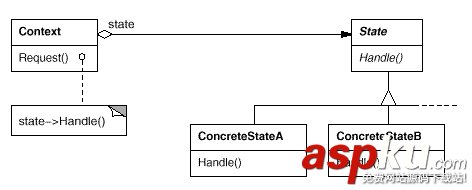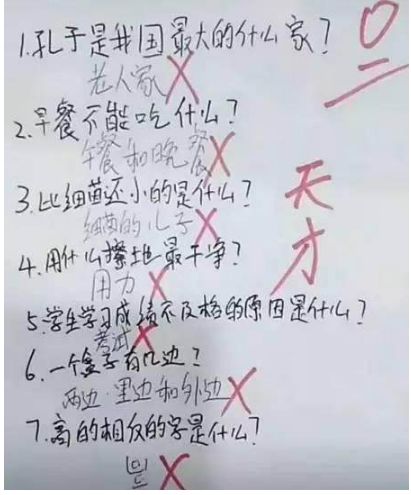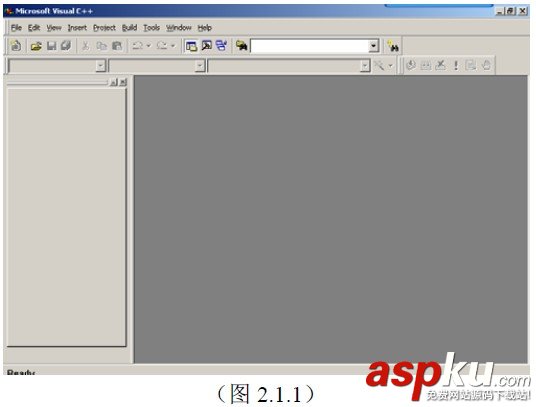State模式允许一个对象在其内部状态改变时改变它的行为。对象看起来似乎修改了它的类。
在面向对象系统的开发和设计过程,经常会遇到一种情况就是需求变更(Requirement Changing),经常我们做好的一个设计、实现了一个系统原型,咱们的客户又会有了新的需求。我们又因此不得不去修改已有的设计,最常见就是解决方案就是给已经设计、实现好的类添加新的方法去实现客户新的需求,这样就陷入了设计变更的梦魇:不停地打补丁,其带来的后果就是设计根本就不可能封闭、编译永远都是整个系统代码。
访问者模式则提供了一种解决方案:将更新(变更)封装到一个类中(访问操作),并由待更改类提供一个接收接口,则可达到效果。
结构图:

实例:
context.h
#ifndef _CONTEXT_H_#define _CONTEXT_H_class State;/*****/class Context{ public: Context(); Context(State* state); ~Context(); void Handle(); void OperationForStateA(); void OperationForStateB(); protected: private: friend class State; //表明在 State 类中可以访问 Context 类的 private 字段,重要是访问 ChangeState void ChangeState(State* state); private: State* _state;};#endif //~_CONTEXT_H_
context.cpp
#include "Context.h"#include "State.h"#include <iostream>using namespace std;Context::Context(){}Context::Context(State* state){ this->_state = state;}Context::~Context(){ delete _state;}void Context::Handle(){ _state->Handle(this);}void Context::ChangeState(State* state){ ///_state->ChangeState(this,state); this->_state = state;}void Context::OperationForStateA(){ cout<<"Do operation in State A ";}void Context::OperationForStateB(){ cout<<"Do operation in State B ";}
state.h
#ifndef _STATE_H_#define _STATE_H_class Context; //前置声明class State{ public: State(); virtual ~State(); virtual void Handle(Context* con) = 0; protected: void ChangeState(Context* con,State* st); private: //bool ChangeState(Context* con,State* st);};class ConcreteStateA:public State{ public: ConcreteStateA(); virtual ~ConcreteStateA(); void Handle(Context* con); protected: private:};class ConcreteStateB:public State{ public: ConcreteStateB(); virtual ~ConcreteStateB(); void Handle(Context* con); protected: private:};#endif //~_STATE_H_
State.cpp
#include "State.h"#include "Context.h"#include <iostream>using namespace std;State::State(){}State::~State(){}void State::ChangeState(Context* con,State* st){ con->ChangeState(st);}///ConcreteStateA::ConcreteStateA(){}ConcreteStateA::~ConcreteStateA(){}void ConcreteStateA::Handle(Context* con){ con->OperationForStateA(); cout<<":: State change from A to B"<<endl; State::ChangeState(con,new ConcreteStateB());}///ConcreteStateB::ConcreteStateB(){}ConcreteStateB::~ConcreteStateB(){}void ConcreteStateB::Handle(Context* con){ con->OperationForStateB(); cout<<":: State change from B to A"<<endl; State::ChangeState(con,new ConcreteStateA());}
main.cpp
#include "Context.h"#include "State.h"#include <iostream>using namespace std;int main(int argc,char* argv[]){ State* st = new ConcreteStateA(); Context* con = new Context(st); con->Handle(); con->Handle(); con->Handle(); if (con != NULL) delete con; if (st != NULL) st = NULL; return 0;} 可以看到在测试程序中,三次调用 con->Handle(),因为 con 状态的不同,可以得到以下的输出:
Do operation in State A :: State change from A to BDo operation in State B :: State change from B to ADo operation in State A :: State change from A to B
适用性
一个对象的行为取决于它的状态, 并且它必须在运行时刻根据状态改变它的行为。
一个操作中含有庞大的多分支的条件语句,且这些分支依赖于该对象的状态。这个状态通常用一个或多个枚举常量表示。通常, 有多个操作包含这一相同的条件结构。S t a t e模式将每一个条件分支放入一个独立的类中。这使得你可以根据对象自身的情况将对象的状态作为一个对象,这一对象可以不依赖于其他对象而独立变化。




















